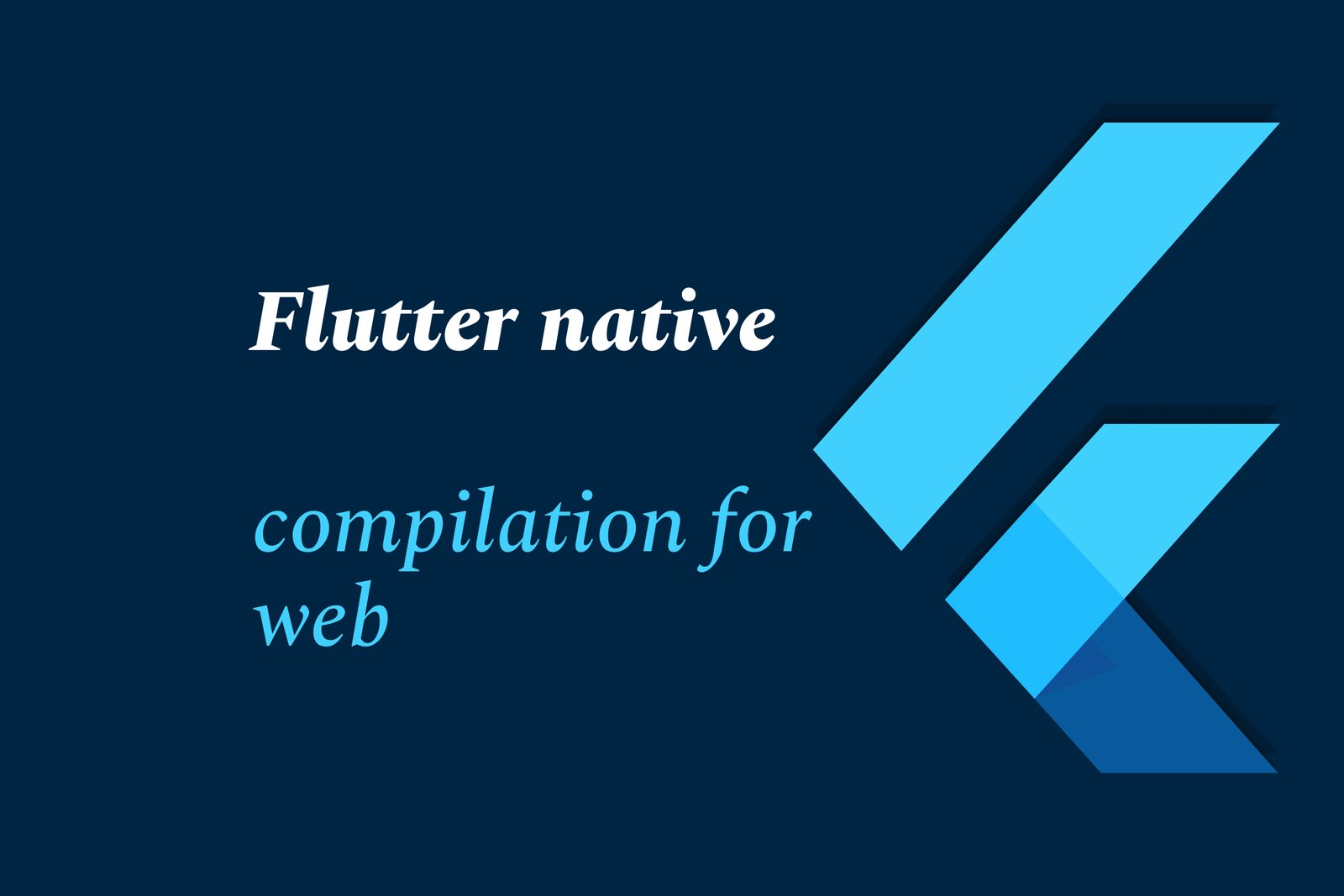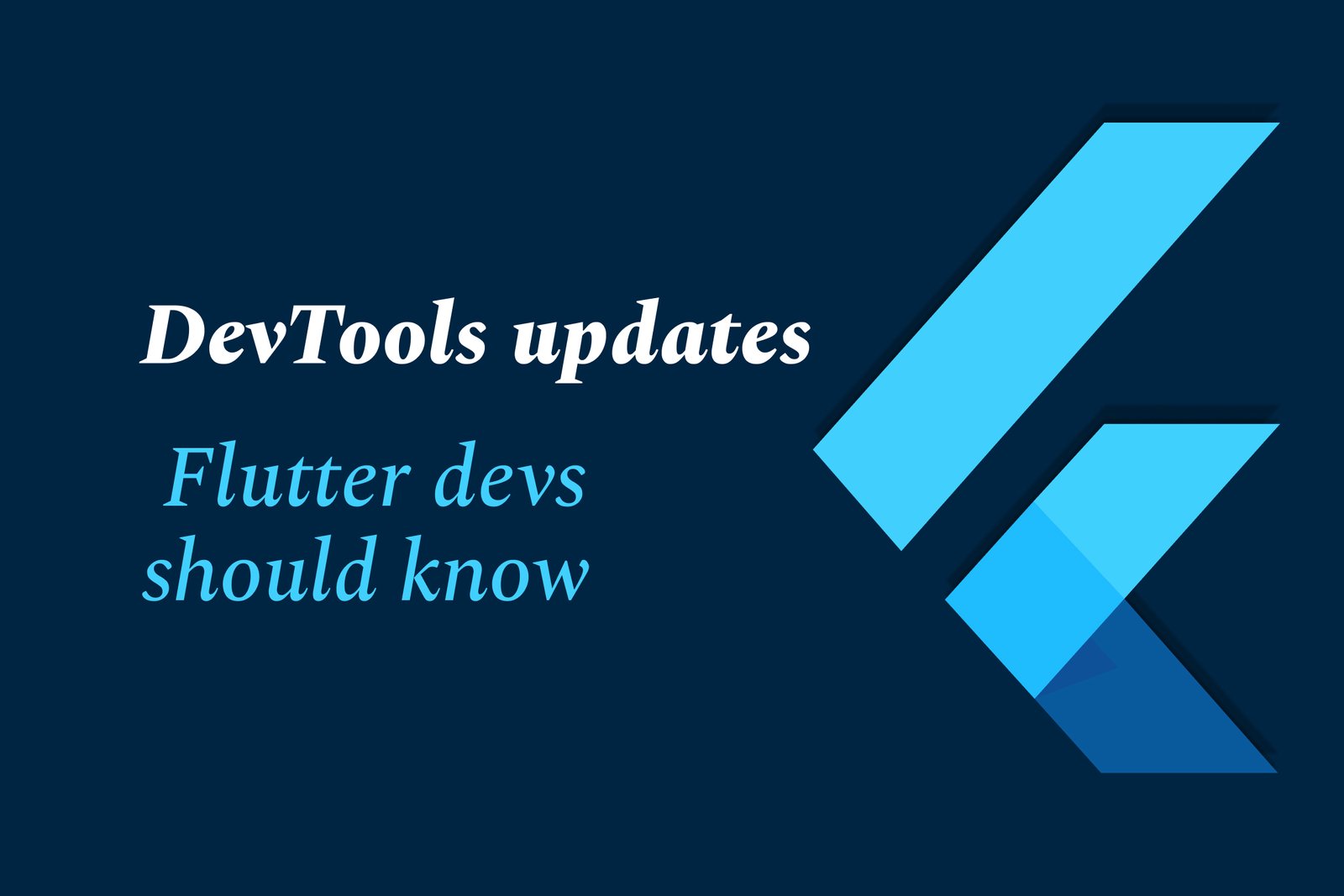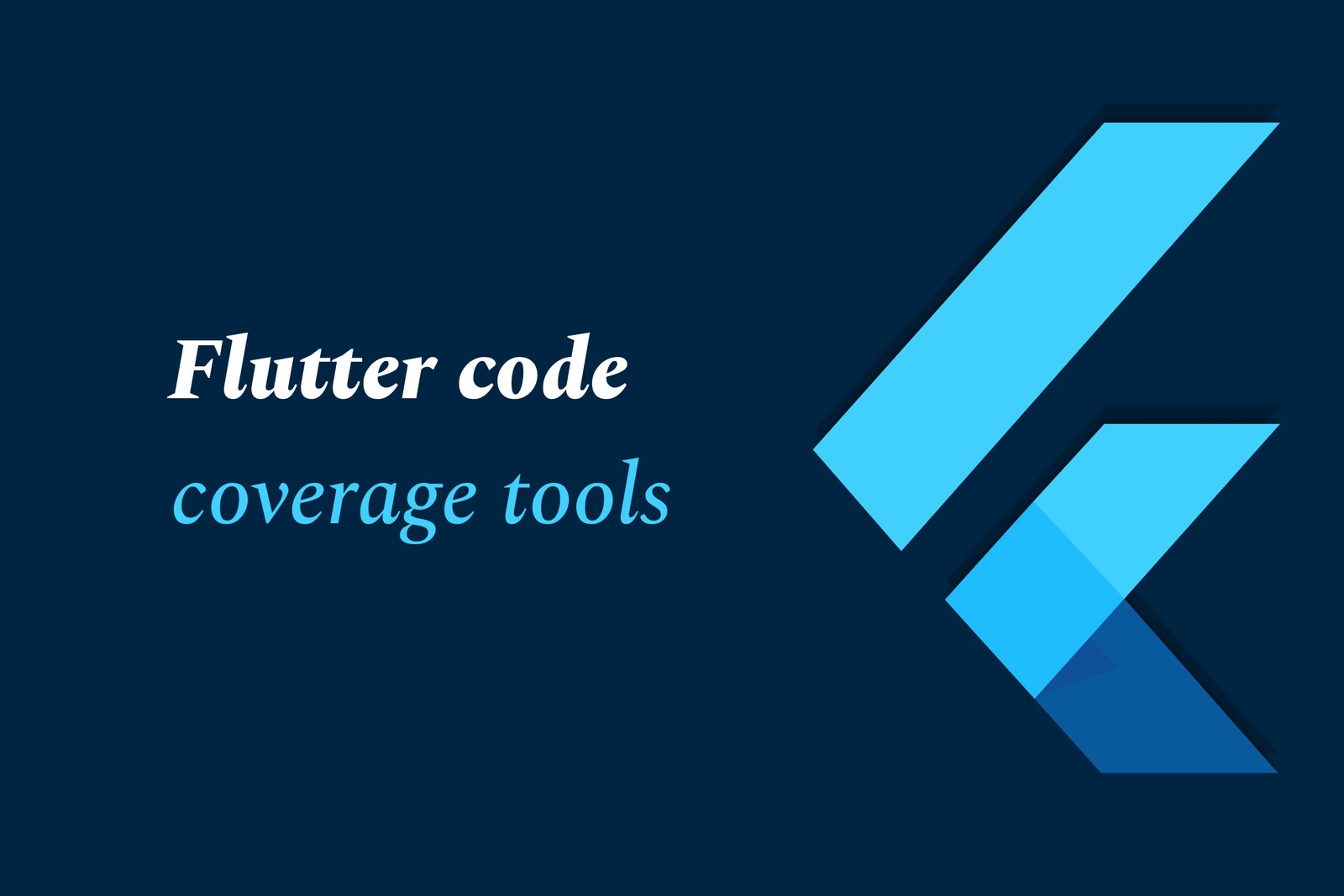Desktop Apps in Flutter: Pros and Cons
Flutter enables cross-platform desktop app development with a single codebase, offering fast UI design, native performance, and strong community support. However, it faces challenges like larger app sizes, limited desktop-specific features, and a less mature ecosystem compared to native tools.
Desktop apps in Flutter: Pros and cons
1 ) Introduction to Flutter for Desktop Apps
Flutter, originally designed for mobile app development, has significantly extended its capabilities to support desktop platforms such as Windows, Linux, and macOS. Since its initial alpha release in 2017, Flutter has matured into a versatile framework known for its single codebase approach and rapid development cycle. It leverages Google's Dart language and a robust architecture, including an embedder, engine, and UI framework, allowing developers to build high performance, native like desktop applications.
2 ) Key Advantages of Flutter for Desktop
Cross platform Development: Flutter enables developers to write one codebase that compiles for multiple desktop OSes, cutting development time and effort.
Rich Widget Library: It offers a comprehensive set of customizable UI components that ensure consistent and attractive user interfaces across platforms.
Hot Reload Feature: Speeds up development by allowing live preview and instant iteration without restarting apps.
Strong Community and Ecosystem: With rapid growth and extensive packages, Flutter has a supportive and active developer community.
3 ) Flutter's Architecture and Technology Foundation
Framework Layer: The visible UI layer managed through Dart language programming.
Engine Layer: Written in C/C++, it handles graphics rendering, text layout, and accessibility features.
Embedder Layer: Platform specific code helps integrate Flutter apps seamlessly into different OS environments.
4 ) Pros of Using Flutter for Desktop Apps
Unified Development: One codebase for mobile, web, and desktop ensures consistency and efficiency.
Cost Efficiency: Reduced need to hire multiple platform specific developers lowers project costs.
Productivity: Fast development with hot reload and declarative UI simplifies UI design and implementation.
Performance: Compiles to native machine code on desktop systems, delivering smooth and responsive applications.
Flexible UI Customization: Developers have full control over every pixel, creating adaptive and attractive interfaces.
5 ) Cons and Challenges of Flutter Desktop Development
Immaturity for Some Desktop Features: Compared to native desktop frameworks, certain OS specific functionalities and integrations may be limited or require additional efforts.
Larger App Sizes: Flutter desktop apps tend to have larger binaries due to the embedded engine and dependencies.
Learning Curve: Although Dart is easy to learn, developers new to Flutter or desktop development may need time to adapt to best practices.
Ecosystem Limitations: While growing, some desktop specific packages or plugins might be lacking compared to mature native ecosystems.
6 ) Use Cases and Real World Applications
Flutter is ideal for enterprises and developers aiming to build cross platform desktop apps efficiently, particularly for MVPs or projects requiring consistent UI across devices. Several companies have adopted Flutter for desktop due to its scalability and fast development cycles.
7 ) Conclusion: Should You Use Flutter for Desktop Apps?
Flutter stands out as a promising choice for desktop app development, especially for teams valuing a single codebase and rapid iteration. While it has some limitations tied to platform maturity and app size, its ongoing upgrades and growing community support continue to enhance its desktop capabilities. Understanding Flutter’s strengths and limitations enables developers and businesses to make informed decisions tailored to their project needs.
https://justacademy.in/news-detail/flutter-game-development-is-gaining-momentum
https://justacademy.in/news-detail/flutter-for-enterprise-level-desktop-apps
https://justacademy.in/news-detail/flutter-lts-release:-what-it-means
https://justacademy.in/news-detail/speech-recognition-in-flutter-using-ai
https://justacademy.in/news-detail/major-companies-adopting-flutter-in-2025
Related Posts
Top Flutter animation packages like SpinKit, Animations, and Flutter Animate simplify adding smooth, engaging animations to apps. They offer ready-made loaders, material transitions, and versatile effects, enhancing user experience with minimal code and improved UI appeal.
Flutter AI packages are rapidly gaining traction by enabling developers to easily integrate powerful AI features like machine learning and natural language processing into cross-platform apps, boosting innovation and efficiency within the growing Flutter ecosystem.
Flutter enables cross-platform desktop app development with a single codebase, offering fast UI design, native performance, and strong community support. However, it faces challenges like larger app sizes, limited desktop-specific features, and a less mature ecosystem compared to native tools.
Flutter AI combines Flutter’s cross-platform app development with AI technologies to create smart, efficient fintech and healthcare apps—enabling fraud detection, personalized finance tips, medical imaging, virtual health assistants, and automation for improved user experience and operational efficiency.
Flutter's Linux desktop support has steadily advanced, improving performance, native theming, and integration with Linux desktop environments. Collaboration with Canonical and the community is driving better window decorations, menu support, and release-ready app builds for seamless Linux app development.
Flutter is a versatile UI toolkit by Google enabling cross-platform app development, increasingly used for Smart TVs and IoT devices. It allows building native-like interfaces for diverse platforms, streamlining development despite challenges like remote navigation and platform-specific integration.
Flutter native compilation for web transforms Flutter code into efficient JavaScript and WebAssembly, enabling fast, high-performance web apps with smooth UI rendering. This approach delivers near-native speed and consistency across browsers using a single codebase.
Flutter DevTools has been updated with enhanced performance profiling, an improved widget inspector, network monitoring, Material You theming support, faster hot reload/restart, and better accessibility tools—helping developers debug and optimize Flutter apps more efficiently.
Flutter code coverage tools measure the percentage of code executed during testing, helping developers identify untested parts. Using commands like `flutter test --coverage` and tools like LCOV and VSCode extensions, they visualize coverage to improve code quality and reliability.
In 2025, Dart Pub remains a vital hub for discovering and managing Dart packages, driven by Flutter’s growth. Trends focus on enhanced cross-platform tools, improved performance, richer libraries, and rising use in innovative apps like AR, making Dart Pub essential for versatile, modern development.









